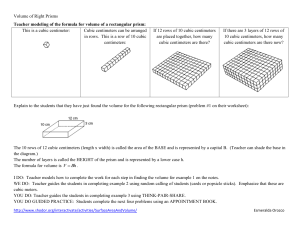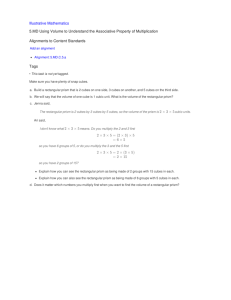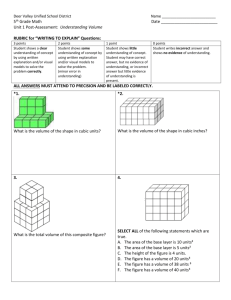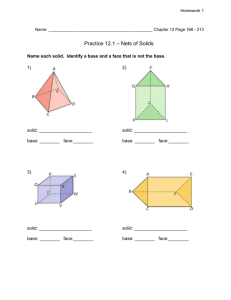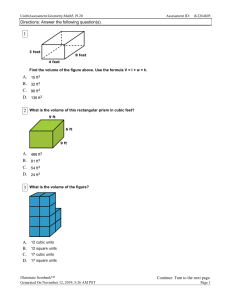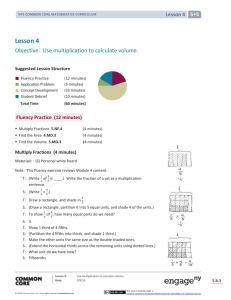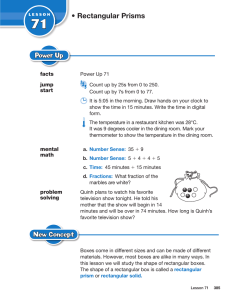5mdc5a unpacked
advertisement
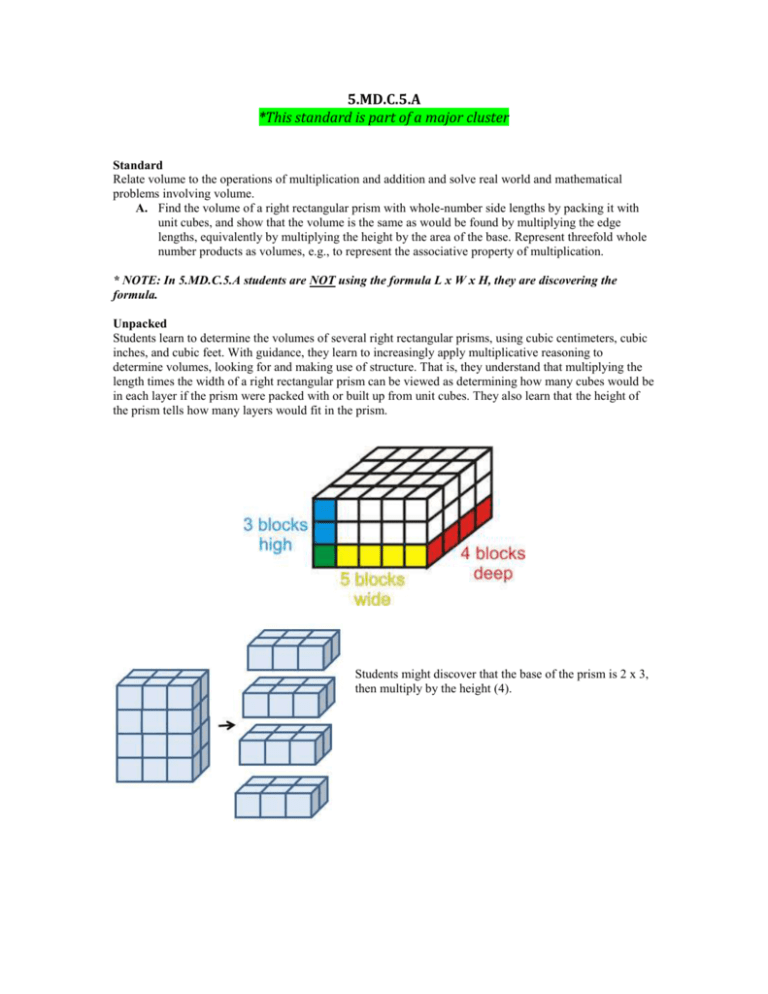
5.MD.C.5.A *This standard is part of a major cluster Standard Relate volume to the operations of multiplication and addition and solve real world and mathematical problems involving volume. A. Find the volume of a right rectangular prism with whole-number side lengths by packing it with unit cubes, and show that the volume is the same as would be found by multiplying the edge lengths, equivalently by multiplying the height by the area of the base. Represent threefold whole number products as volumes, e.g., to represent the associative property of multiplication. * NOTE: In 5.MD.C.5.A students are NOT using the formula L x W x H, they are discovering the formula. Unpacked Students learn to determine the volumes of several right rectangular prisms, using cubic centimeters, cubic inches, and cubic feet. With guidance, they learn to increasingly apply multiplicative reasoning to determine volumes, looking for and making use of structure. That is, they understand that multiplying the length times the width of a right rectangular prism can be viewed as determining how many cubes would be in each layer if the prism were packed with or built up from unit cubes. They also learn that the height of the prism tells how many layers would fit in the prism. Students might discover that the base of the prism is 2 x 3, then multiply by the height (4). Questions to check for understanding and increase rigor: How can you measure the volume of a container that is 5 ½ units x 2 ⅓ units x 1 ¾ units? What is the approximate volume of this container? Explain your strategy with both numbers and a model. A cereal box has a volume of 128.8 cubic centimeters. What could the dimensions be? Looking at the dimensions of two different boxes with identical volumes, what do you notice about multiples and factors? 8 in x 2 in x 2 in 4 in x 2 in x 4 in Can you use the relationship from the previous question to find a container with the same volume, but different dimensions? For example, one prism has the dimensions of 6 x 8 x 2 with a volume of 96 cubic units. Will halving and doubling of factors help you find a container with a volume of 96 cubic units, but different dimensions? A box 2 centimeters high, 3 centimeters wide, and 5 centimeters long can hold 40 grams of clay. A second box has twice the height, three times the width, and the same length as the first box. How many grams of clay can it hold? (volume increases 6 times, so second box should hold 40 x 6 = 240 grams of clay)
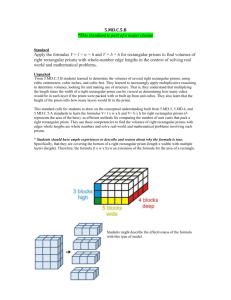
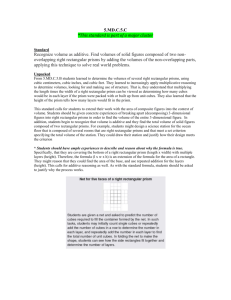



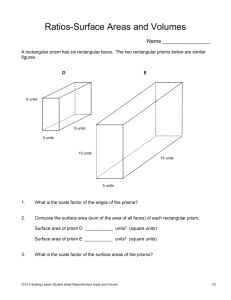
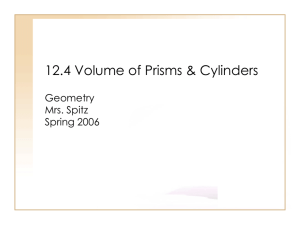
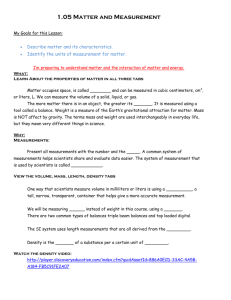
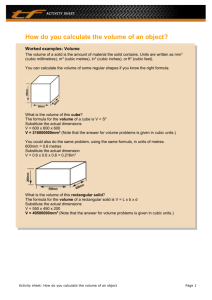
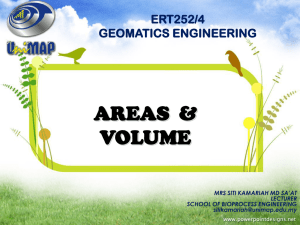
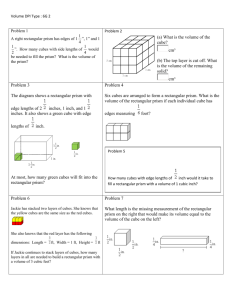
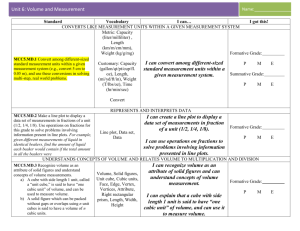

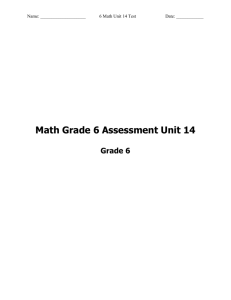
![Volume of Prisms and Cylinders [12/4/2013]](http://s2.studylib.net/store/data/005712570_1-e7691fc1893418ebe51c7a30e9e35d27-300x300.png)
